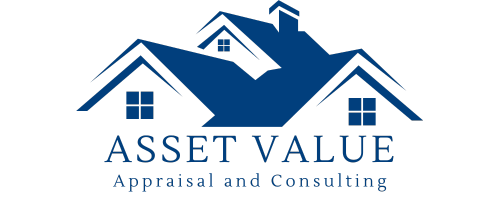| Definitions of FEMA Flood Zone Designations | ||||||||||||||||
| Flood zones are geographic areas that the FEMA has defined according to varying levels of flood risk. These zones are depicted on a community’s Flood Insurance Rate Map (FIRM) or Flood Hazard Boundary Map. Each zone reflects the severity or type of flooding in the area. | ||||||||||||||||
| Moderate to Low Risk Areas | ||||||||||||||||
| In communities that participate in the NFIP, flood insurance is available to all property owners and renters in these zones: | ||||||||||||||||
|
||||||||||||||||
| High Risk Areas | ||||||||||||||||
| In communities that participate in the NFIP, mandatory flood insurance purchase requirements apply to all of these zones: | ||||||||||||||||
|
||||||||||||||||
| High Risk – Coastal Areas | ||||||||||||||||
| In communities that participate in the NFIP, mandatory flood insurance purchase requirements apply to all of these zones: | ||||||||||||||||
|
||||||||||||||||
| Undetermined Risk Areas | ||||||||||||||||
|
